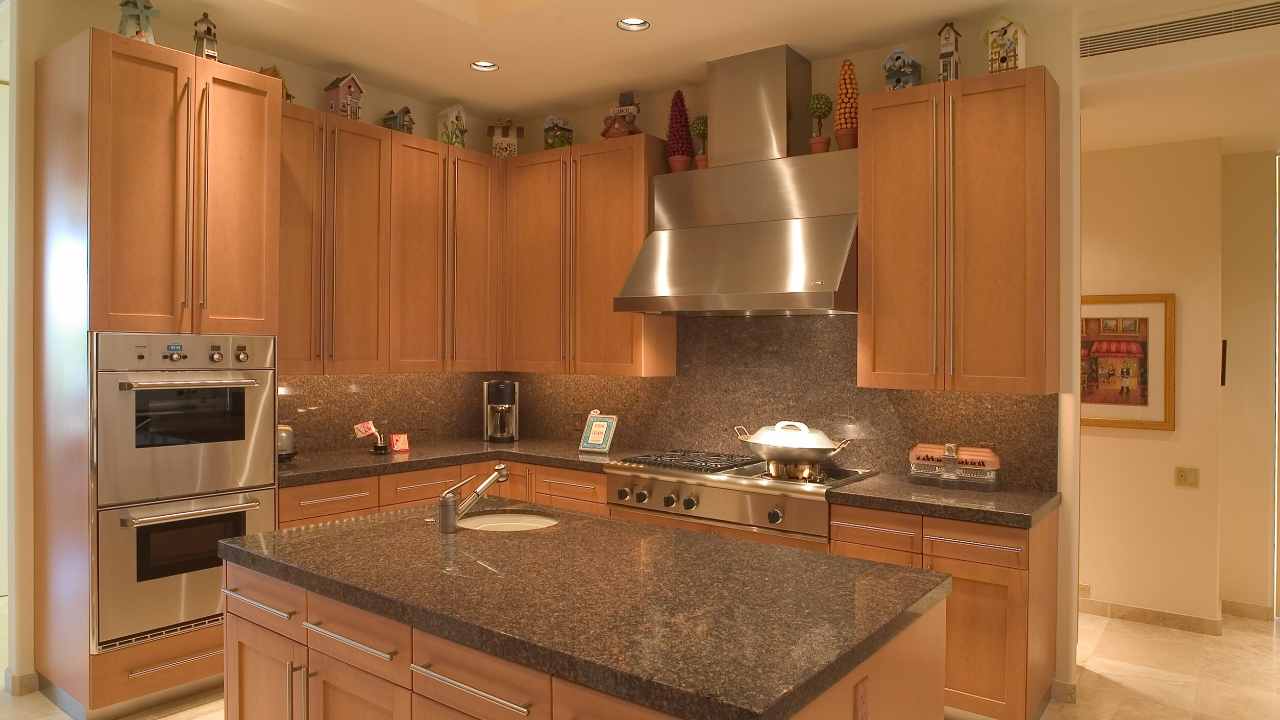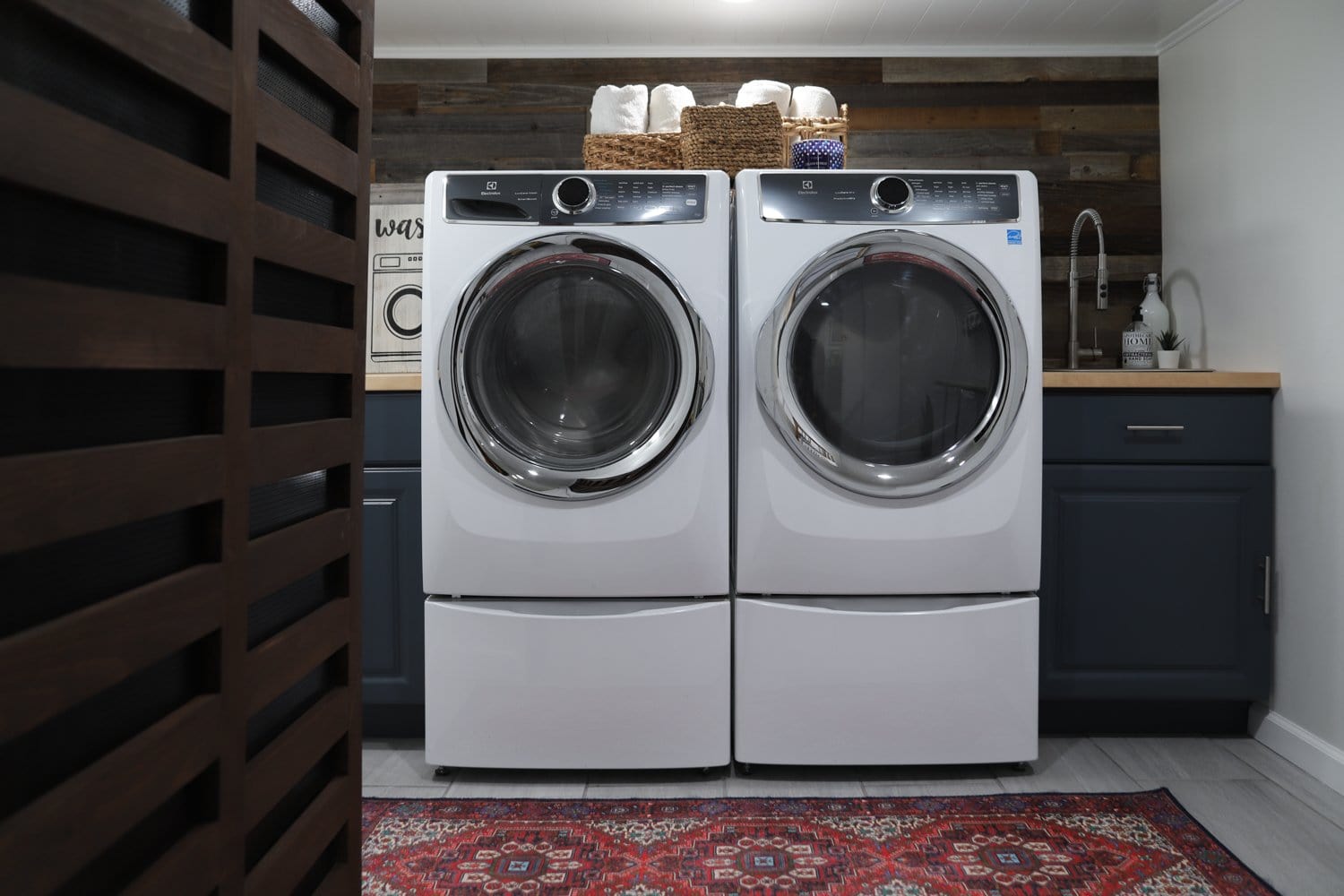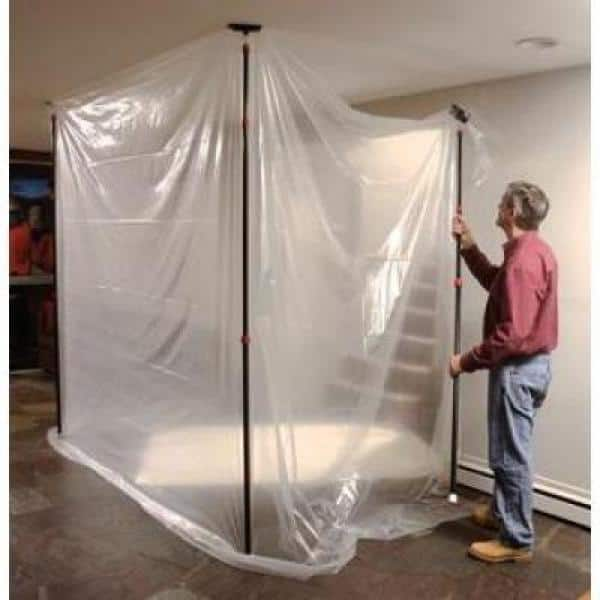
Drawing a rough layout of your kitchen is the first step to planning a kitchen remodel. Layout and placement of appliances are the most important aspects of a kitchen remodel. Creating a rough plan for your kitchen will give you an idea of what will go where and how much of the work will need to be done. This will help contractors give you an estimate. Also, think about the future use of the space.
Next, decide on a design style. Modern and traditional are both options. You can make your kitchen modern or traditional, and incorporate any color or material you like. You can choose a color scheme that suits you. Once you have settled on a color and style you can begin to interview contractors. You'll need to work with a kitchen designer and a builder, as well as an electrician, plumber, and HVAC contractor. A painter, a drywaller, as well as a floorlayer are all necessary.

Once you have chosen a style, it's now time to find a contractor. Many professionals are available to assist you with kitchen remodeling. Once you have selected a contractor, it is important to know how much work it will take. In order to hire a contractor, you will need pay an upfront fee. If you're planning to renovate the entire kitchen, it's better to hire a professional to do the work for you.
Consider the dimensions of the kitchen and the materials you intend to use when designing a kitchen remodel. A large project can take longer and cost more than you expected. You will need to budget accordingly. Add ten to twenty percent to the initial budget and be open to adjusting for unexpected expenses. You don’t want to have a half-finished kitchen.
It is crucial to examine your current kitchen. It is important to identify what you love and dislike about your current kitchen. A well-designed kitchen will look better and be more functional than one that's poorly planned. It's also more inviting. It is important to consider all aspects of a kitchen remodel. The kitchen is the heartbeat of the home. It is important to plan carefully for the layout.

Finding a remodeling contractor is the last step of kitchen remodeling. It is important to not cut corners or hire the first contractor you find. It's worth it to spend the time researching a few companies before hiring a contractor. The contractor should be able give you a quote that is within your budget and meets your goals. Kitchen remodeling trends are constantly evolving, so it is important to keep abreast of the latest developments.
FAQ
Is it better for floors or walls to be done first?
The best way of starting any project is to determine what you want. It is crucial to plan how you'll use the space, what people will use it for, and why. This will help decide if you want flooring or wallcoverings.
You might choose to first install flooring if your goal is to create an open concept kitchen/living area. You can also choose wall coverings if you want to make the room private.
Do I require permits to renovate a house?
Permits are required before you can start any home improvement project. You will require a building permit as well as a plumbing permit in most cases. A zoning permit may be required depending on what type of construction you are doing.
Is it better to hire a general contractor or a subcontractor?
The cost of hiring a general contractor can be higher than that of a subcontractor. General contractors usually have many employees. This means that they charge their clients much more for labor. A subcontractor, on the other hand, only hires one worker, and charges less per hour.
Statistics
- Design-builders may ask for a down payment of up to 25% or 33% of the job cost, says the NARI. (kiplinger.com)
- Rather, allot 10% to 15% for a contingency fund to pay for unexpected construction issues. (kiplinger.com)
- ‘The potential added value of a loft conversion, which could create an extra bedroom and ensuite, could be as much as 20 per cent and 15 per cent for a garage conversion.' (realhomes.com)
- They'll usually lend up to 90% of your home's "as-completed" value, but no more than $424,100 in most locales or $636,150 in high-cost areas. (kiplinger.com)
- It is advisable, however, to have a contingency of 10–20 per cent to allow for the unexpected expenses that can arise when renovating older homes. (realhomes.com)
External Links
How To
How do I plan a whole-house remodel?
It takes careful planning and research to plan a complete house remodel. Before you start your project, there are many factors to consider. You must first decide what type home improvement you want. You could choose from different categories such as kitchen, bathroom, bedroom, living room, etc. After you decide which category you want to work on, figure out how much you can afford to spend on the project. If you have never worked on homes, it is best to budget at most $5,000 per room. If you have more experience, you might be able spend less.
Once you know how much money your budget allows you to spend, then you will need to decide how big a job it is you are willing to take on. For example, if you only have enough money for a small kitchen remodel, you won't be able to add a new flooring surface, install a new countertop, or even paint the walls. On the other side, if your budget allows for a full renovation of your kitchen, you'll be able do just about any task.
Next, find a contractor who is skilled in the type and scope of work you wish to undertake. You'll get high-quality results and save yourself lots of headaches down the line. After finding a good contractor, you should start gathering materials and supplies. You might need to make everything from scratch depending upon the size of your project. You shouldn't have any trouble finding the right item in pre-made stores.
Once you've collected all the materials you will need, you can begin to plan. First, you'll want to draw up a rough sketch of where you want to place furniture and appliances. Then you will design the layout. Remember to leave enough space for outlets and plumbing. You should also place the most frequently used areas closest to the front door, so visitors have easy access. Last, choose the colors and finishes that you want to finish your design. Avoid spending too much on your design by sticking to simple, neutral colors and designs.
Now that your plan is complete, it's time you start building! Before you start any construction, be sure to check the local codes. Some cities require permits. Others allow homeowners to build without permits. You will need to first remove all walls and floors that are not required for construction. To protect your flooring, you will lay plywood sheets. Next, you'll attach the wood pieces to the frame of your cabinets. Lastly, you'll attach doors and windows to the frame.
When you're done, you'll still have a few finishing touches to do. You'll likely want to cover any exposed wires and pipes. Plastic sheeting and tape are used to cover exposed wires. Mirrors and pictures can also be hung. You should always keep your work area clean.
This guide will show you how to create a functional, beautiful home. It will also save you a lot of money. Now that you are familiar with how to plan a whole home remodel project, it is time to get started.